Ranchi
A complete tourist and cultural guide
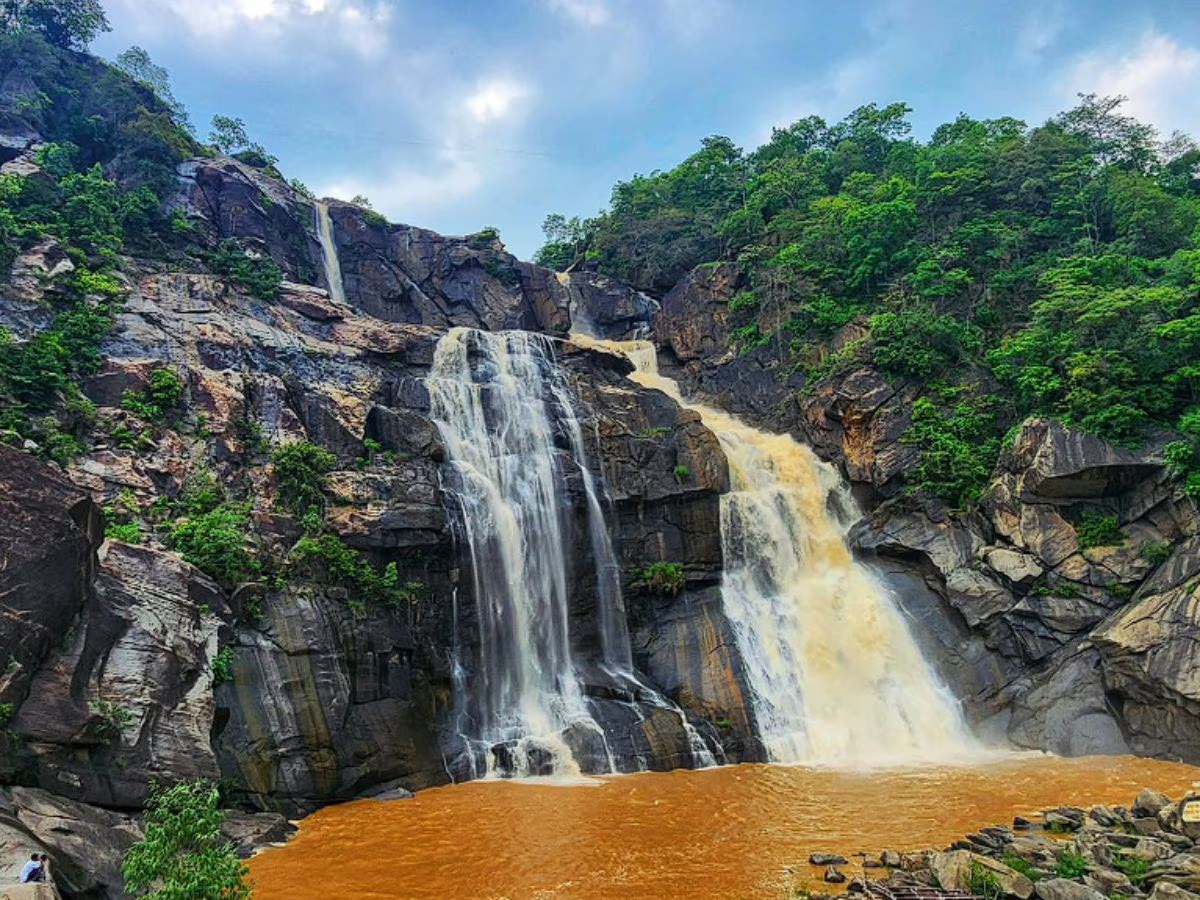
Ranchi, the capital of Jharkhand, is a scenic city known for its lush greenery, cascading waterfalls, and rich tribal heritage. Nestled in the Chota Nagpur Plateau, it offers a perfect blend of natural beauty, spiritual sites, and cultural diversity, making it a must-visit destination for nature lovers and adventure seekers.
Wiki Link: Ranchi Wikipedia Page
Must-Visit Attractions in Ranchi
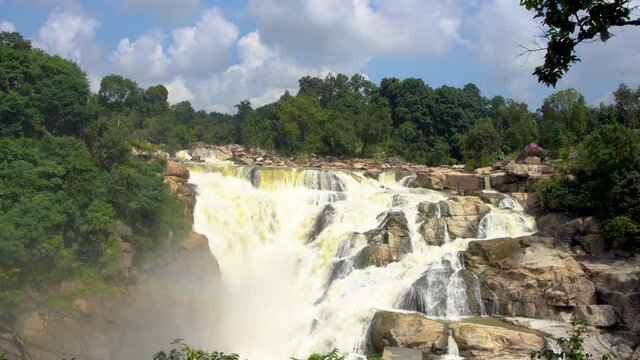
Dassam Falls
A breathtaking waterfall on the Subarnarekha River, perfect for picnics and photography.
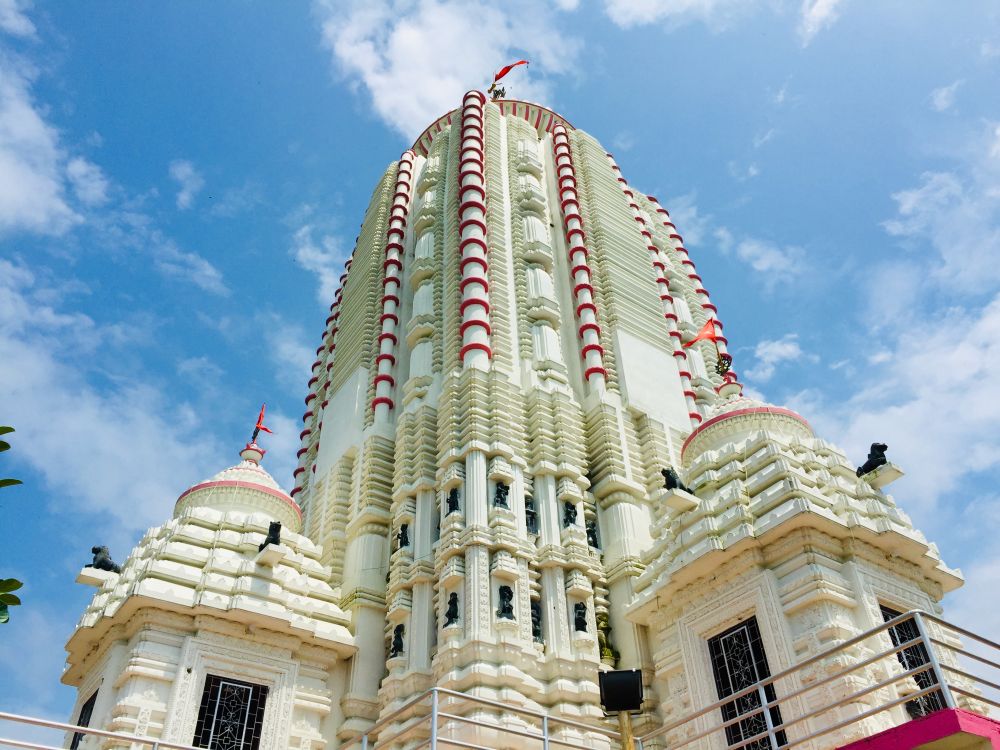
Jagannath Temple
A sacred hilltop temple resembling Puri’s Jagannath Temple, offering panoramic city views.

Rock Garden
A serene park featuring artistic rock sculptures, waterfalls, and a boating lake.
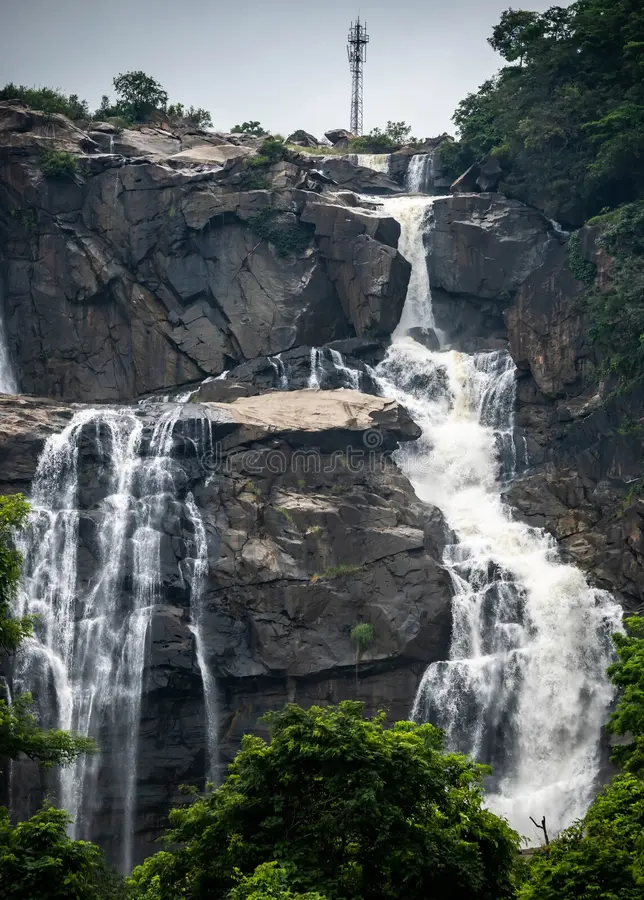
Hundru Falls
Jharkhand’s tallest waterfall, known for its stunning plunge pool and scenic beauty.
Major Attractions Near Ranchi

Jonha Falls
A picturesque waterfall nicknamed the “Niagara of Jharkhand,” surrounded by lush forests.
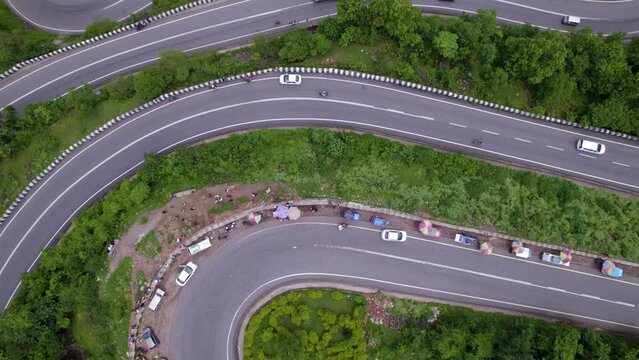
Patratu Valley
A scenic valley with winding roads, ideal for road trips and nature lovers.
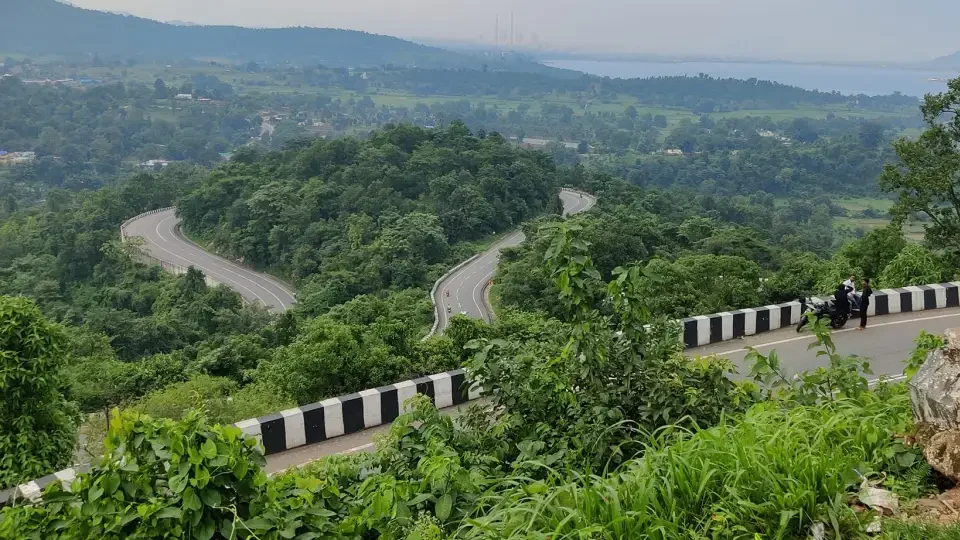
Netarhat
A tranquil hill station famed for mesmerizing sunrises, sunsets, and dense forests.

Betla National Park
A wildlife sanctuary home to tigers, elephants, and ancient tribal ruins.
Things to Do in Ranchi
Experience the natural beauty, adventure, and tribal culture of Jharkhand’s capital. From chasing waterfalls to exploring wildlife sanctuaries, Ranchi offers a perfect mix of serenity and excitement

Chase Waterfalls
Visit Dassam, Hundru, and Jonha Falls for breathtaking views and refreshing dips.

Trek to Scenic Spots
Hike up Tagore Hill or Pahari Mandir for stunning sunrise/sunset views.

Wildlife Safari
Spot tigers and elephants at Betla National Park or Birsa Zoological Park.

Boating & Picnics
Enjoy serene boat rides at Kanke Dam or relax at Rock Garden’s scenic beauty.
The Performing Art of Varanasi
A celebration of tribal heritage and folk traditions. Ranchi thrives with vibrant indigenous dance and music, where energetic Chhau (martial dance), rhythmic Jhumair, and soulful Domkach performances bring tribal stories to life. The city echoes with folk songs in Nagpuri and Santhali, celebrating nature, harvests, and local legends. From forest festivals to village gatherings, Ranchi’s artistic spirit keeps its tribal legacy alive and pulsating.
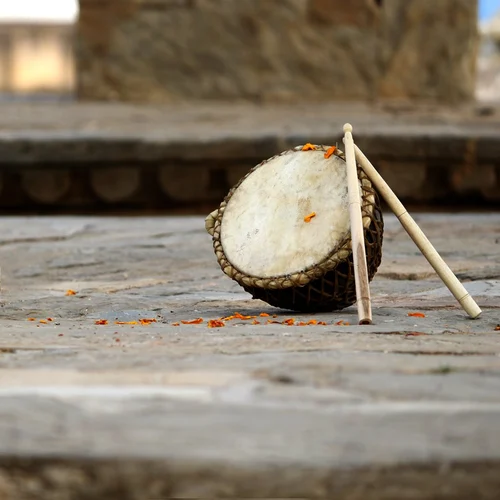
Nagpuri Folk Music
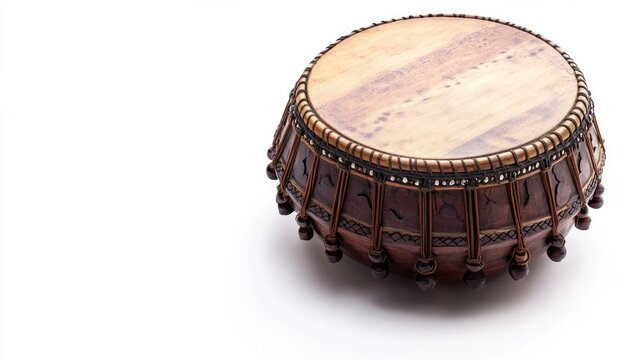
Domkach
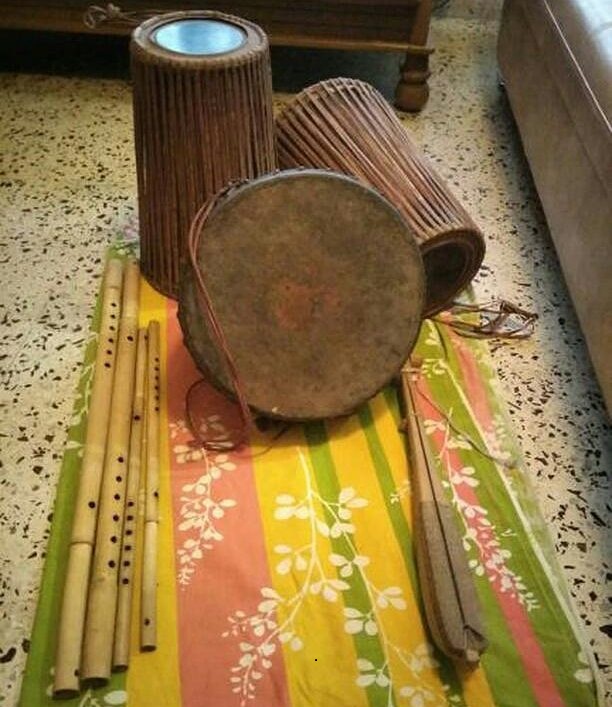
Santali Music
The city thrives on Nagpuri and Santhali folk songs, echoing tribal life through instruments like mandar and tumdak. Vibrant dances like Jhumair and Domkach come alive to these earthy rhythms. Wedding Ohdar, maternal Janani Jhumar, and spring Faguwa songs preserve indigenous traditions. More than classical tunes, it’s these raw tribal melodies that define Ranchi’s sonic soul.
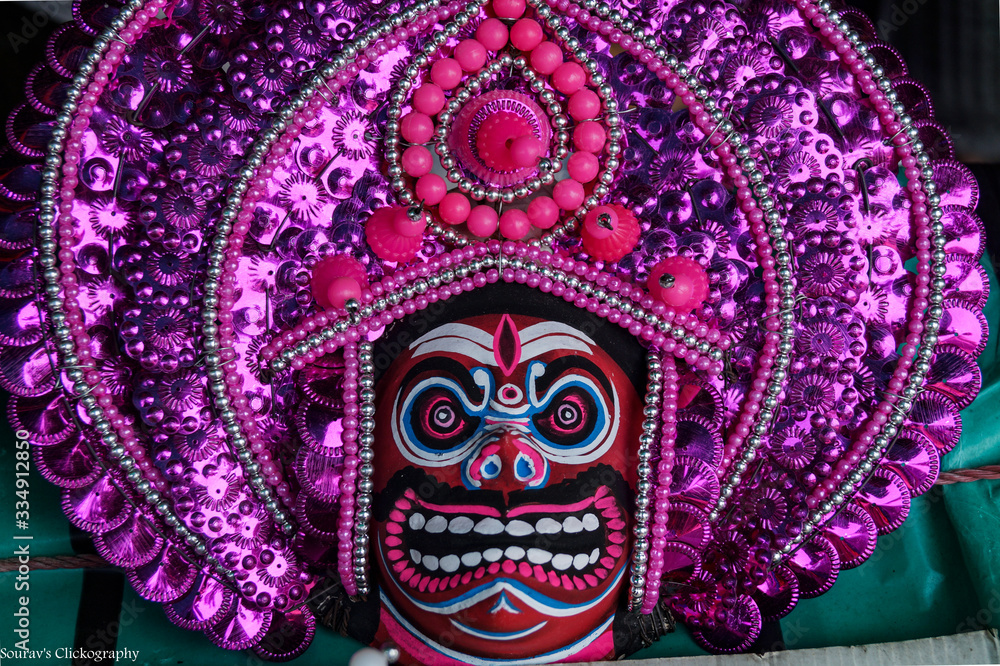
Chhau Dance
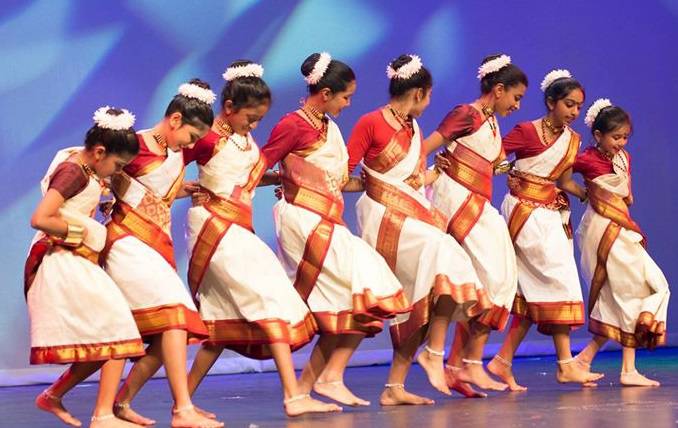
Jhumair
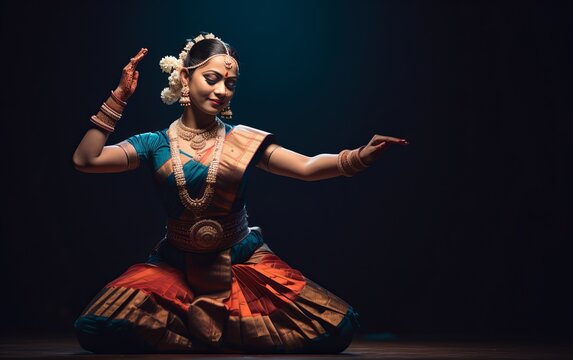
Domkach
Ranchi’s vibrant culture shines through its energetic Chhau dance, a martial art-inspired performance featuring elaborate masks and acrobatic moves. The rhythmic Jhumair, performed during harvest festivals, celebrates joy with synchronized footwork and drumbeats. Domkach, a traditional wedding dance, blends graceful movements with folk songs. Tribal communities also perform the Paika war dance, showcasing valor with swords and shields. These art forms, deeply tied to Jharkhand’s tribal roots, come alive during local festivals and village celebrations.

City Vibes – Nature’s Serene Retreat
Ranchi, the capital of Jharkhand, is a tranquil escape where misty hills, cascading waterfalls, and lush forests create a soothing harmony with urban life. Known as the “City of Waterfalls,” its essence lies in the rhythmic flow of nature—from the morning mist over Tagore Hill to the golden sunsets at Patratu Valley. The vibrant tribal culture, serene temples, and untouched wilderness blend seamlessly with the city’s modern charm, offering a peaceful retreat for wanderers and nature lovers alike.
Heritage of Ranchi
Ranchi’s heritage is a vibrant tapestry of tribal traditions, colonial history, and natural wonders. The city’s ancient tribal roots are reflected in its indigenous art, dance forms like Chhau, and sacred groves worshipped by local communities. The British-era architecture, including old churches and colonial buildings, stands alongside tribal villages, preserving a unique cultural legacy. Known for its pristine waterfalls and dense forests, Ranchi also celebrates its rich mineral and craft heritage, particularly in Dhokra metalwork and Tussar silk weaving—a testament to the region’s artistic soul.
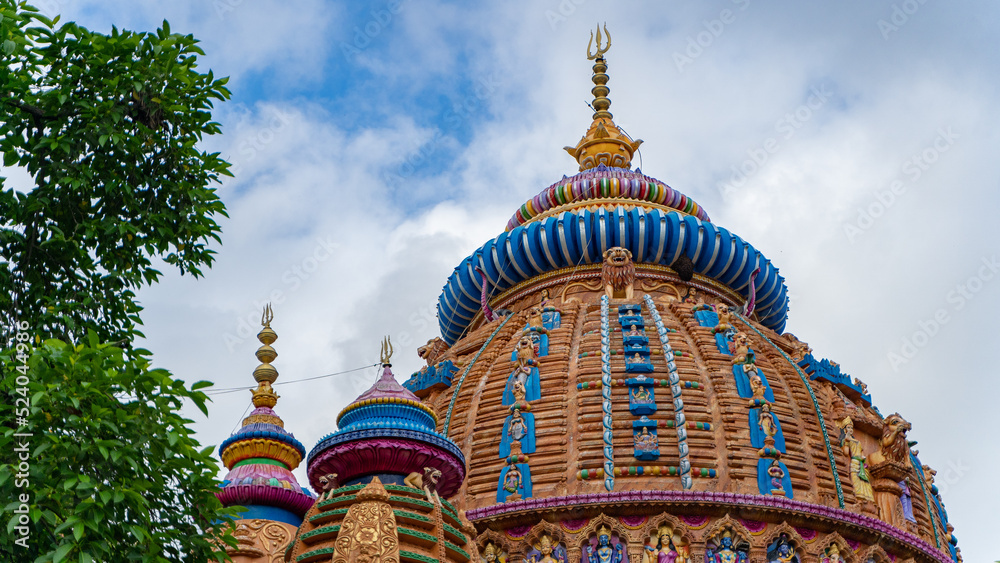
Cuisine of Ranchi
Ranchi is a hidden gem for food lovers, offering a delicious mix of tribal flavors, local specialties, and regional comfort foods. From earthy tribal dishes to street food delights, the city’s cuisine reflects its rich cultural heritage and love for bold, rustic flavors.

Dhuska
Crispy rice flour fritters served with spicy potato curry or protein-rich ghugni.

Thekua
Sweet wheat cookies with jaggery, traditionally prepared for Chhath Puja.
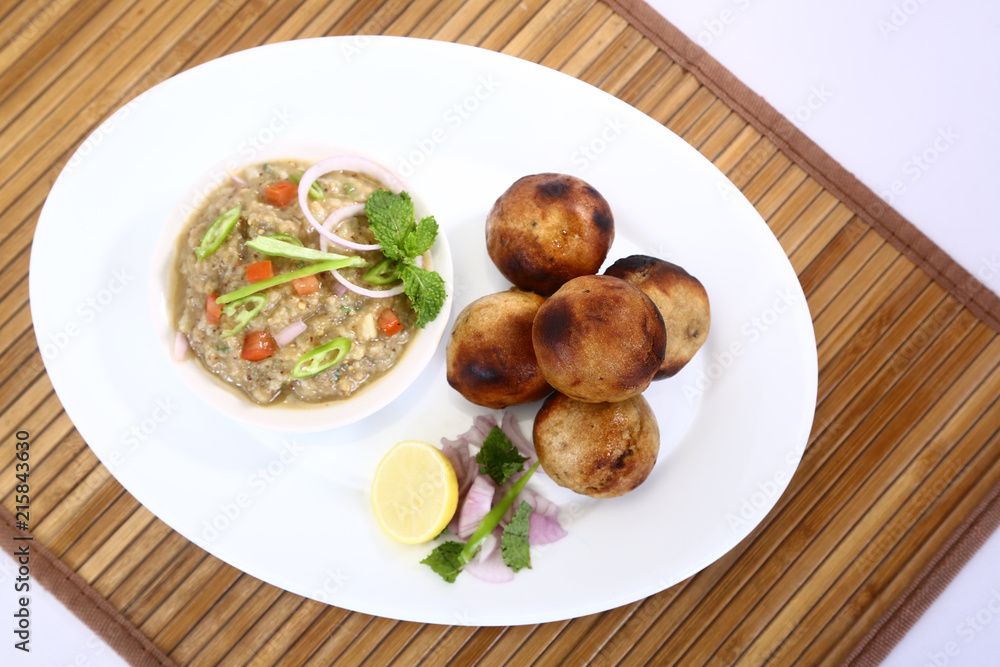
Litti Chokha
Sattu-stuffed wheat balls roasted over coal, paired with smoky mashed veggies.

Handia
Fermented rice beer brewed by tribal communities with a distinct tangy flavor.
Shopping in Ranchi
Shopping in Ranchi offers a unique blend of tribal craftsmanship and natural treasures. From exquisite handwoven textiles to traditional metalwork, the city’s markets showcase Jharkhand’s rich cultural heritage.

Tussar Silk Sarees
Golden-hued silk sarees with tribal motifs, prized for their lightweight texture and elegance.

Dhokra Metal Crafts
Intricate tribal metalwork featuring folk deities, animals, and traditional designs.

Tribal Jewelry
Beaded necklaces, silver ornaments, and lac bangles reflecting indigenous artistry.

Stone Carvings & Paintings
Sandstone sculptures and Paitkar scroll paintings depicting tribal folklore.
Tourist's Handbook
The ideal time to visit Ranchi is during the winter months (October to March), when the weather is pleasantly cool and perfect for exploring waterfalls, parks, and tribal villages. This season offers clear skies for sightseeing, comfortable temperatures for outdoor activities, and vibrant tribal festivals like Sarhul (spring festival) and Karma (harvest festival). Avoid the peak summer (April-June), which can get quite warm, and the monsoon (July-September), when heavy rains may disrupt travel plans to waterfalls and forests.
Stay Cautious Near Waterfalls – Rocks near falls like Dassam and Hundru can be slippery; wear grip shoes and avoid risky selfies.
Beware of Overcharging – Negotiate taxi/auto fares beforehand or use app-based cabs to avoid inflated prices.
Avoid Isolated Areas After Dark – Stick to well-lit streets in the city center; avoid remote trails or waterfalls post-sunset.
Respect Tribal Customs – Seek permission before photographing tribal communities or sacred groves, and dress modestly in villages.
Carry Essentials for Nature Trips – Pack water, snacks, and basic meds when visiting forests (e.g., Betla) or hill stations like Netarhat.
Prevent Dehydration – Summers can be hot; carry bottled water and avoid street drinks with ice.
Secure Your Belongings – Keep bags/phones safe in crowded markets like Upper Bazaar or Firayalal Chowk.
Exploring Ranchi is a blend of urban convenience and nature-friendly travel. Auto-rickshaws and cycle-rickshaws are ideal for short distances in the city center, while app-based cabs (Ola/Uber) work best for longer trips or airport transfers. For scenic routes like Patratu Valley or waterfall visits, renting a car or bike gives flexibility. Public buses connect major hubs but can be crowded. Walking is pleasant in green zones like Rock Garden or Tagore Hill, but avoid isolated areas after dark. Pro tip: Negotiate auto fares beforehand or insist on meters to avoid overcharging!
Overpriced Taxis/Autos – Always negotiate fares before boarding or use app-based cabs to avoid inflated prices.
Fake Tour Guides – Hire only government-approved guides for waterfalls or tribal village visits.
"Entry Fee" Scams at Waterfalls – Official sites like Dassam/Hundru Falls have minimal fees; ignore unauthorized collectors.
Gemstone/Mineral Scams – Be wary of street vendors selling "rare" Jharkhand stones at high prices.
Fake Handicraft Sellers – Buy tribal crafts (Dhokra, Tussar silk) from certified shops like Ranchi Haat or Jharcraft.
Parking Extortion – At tourist spots, pay only at official parking counters.
Hotel Overcharging – Check online rates first; some lodges hike prices for walk-in tourists.

